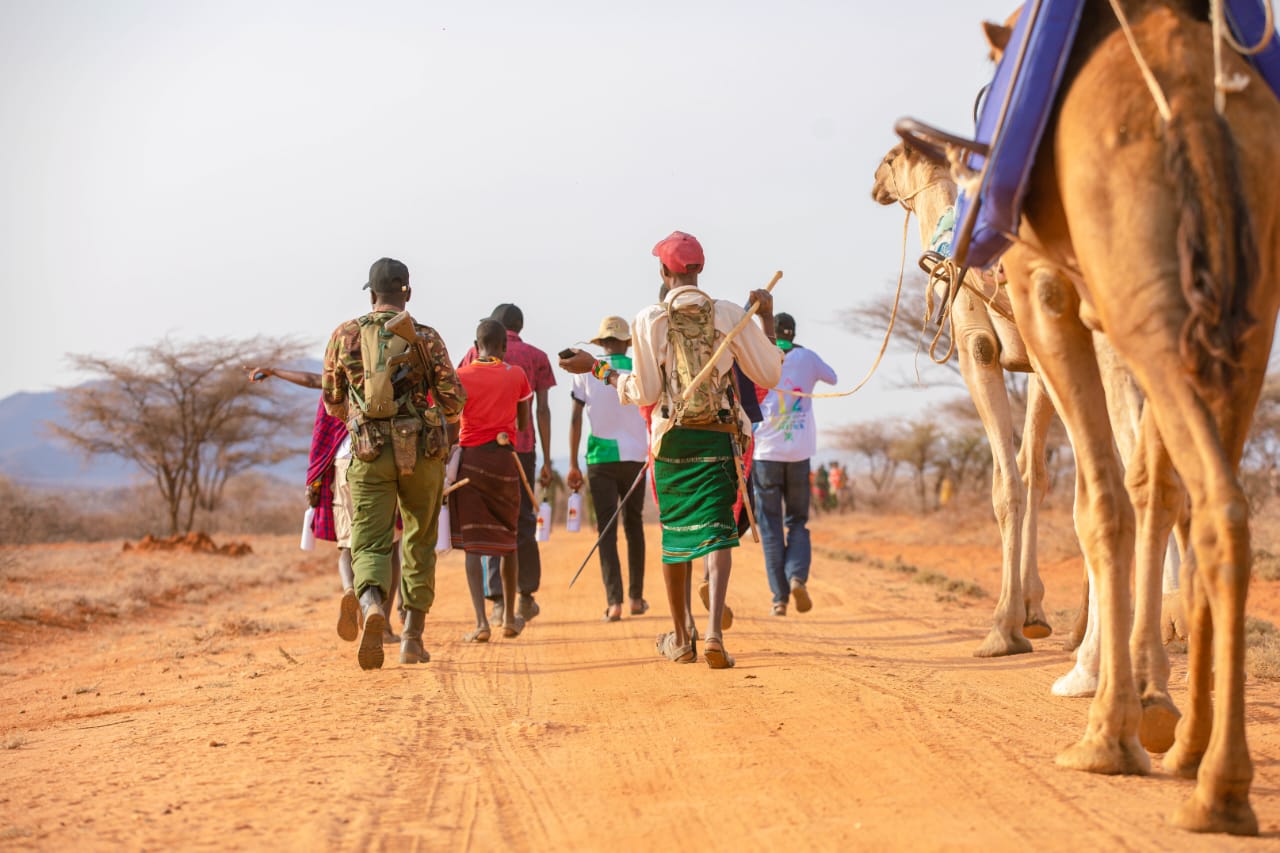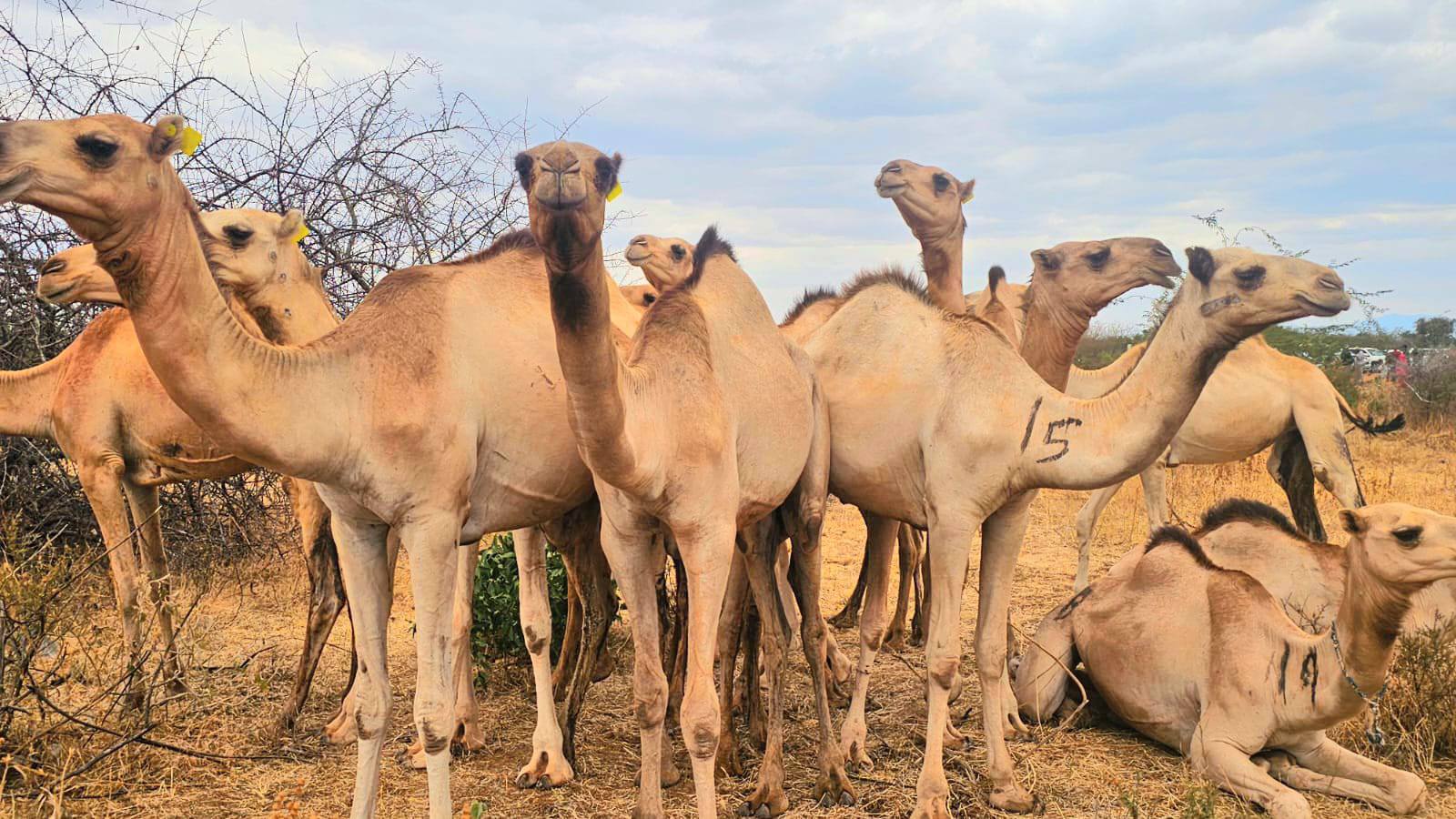Somalia’s livestock industry is on track for a record-breaking year, with exports expected to exceed $1 billion in 2025 as the country capitalises on shrinking competition from traditional suppliers such as Australia and Sudan.
According to government data, Somalia’s earnings from livestock exports have surged from $523 million in 2021 to $974 million in 2022, driven largely by increased demand from Gulf markets, including Saudi Arabia and the United Arab Emirates.

The trend shows no signs of slowing, buoyed by global market shifts that have given Somalia a stronger foothold in the lucrative live-animal trade.
“This increase can be attributed to two main factors: first, Sudan, once a major livestock-exporting country, is currently facing conflict. Secondly, Australia, another key supplier to Gulf countries, has reduced exports,” explained Qaasim Abdi Moallim, Director of Animal Health at Somalia’s Ministry of Livestock.
“This allowed Somalia to take advantage of the situation and accelerate its livestock exports.”
Australia’s live-export industry has seen a dramatic decline in recent years as the government moves to phase out sea shipments of sheep by 2028.
The country exported just 652,000 sheep by sea in 2022–23, compared with 5.9 million two decades ago, according to Australian government data.
Meanwhile, Sudan’s ongoing civil war has devastated its economy and livestock sector, creating a gap in Gulf supply chains.
A report by the Sudan Transparency and Policy Tracker revealed that Saudi Arabia imported $715 million worth of live animals in 2023, with a significant portion now sourced from Somalia.
Somalia exports between four million and six million head of livestock annually to Middle Eastern countries, making it one of the largest suppliers in the region.
Despite facing decades of internal unrest and recurring droughts, livestock remains the country’s most valuable export commodity, sustaining millions of pastoralist livelihoods.
Agriculture Minister Mohamed Abdi Hayir estimates Somalia’s total livestock population at 57 million animals, underscoring the sector’s vast economic potential.
The projected $1 billion in livestock sales this year would not only set a national record but also outpace the government’s domestic revenue, which stands at around $430 million, according to Finance Ministry figures.
Somalia’s $1.36 billion national budget remains heavily reliant on donor funding, highlighting the vital role of livestock exports in stabilising its economy.
Geographically, Somalia enjoys a natural advantage due to its proximity to major Gulf markets, reducing transport costs and ensuring fresher, faster deliveries.
This strategic location, combined with the decline of traditional competitors, has positioned the Horn of Africa nation as a rising powerhouse in the global livestock trade.
Over the past four years alone, Somalia has shipped livestock worth $2.9 billion, cementing its place as one of the world’s top live-animal exporters.
“Livestock remains the heartbeat of Somalia’s economy,” said Moallim.
“With continued investment in animal health and trade infrastructure, the sector can become an even stronger driver of national growth.”

